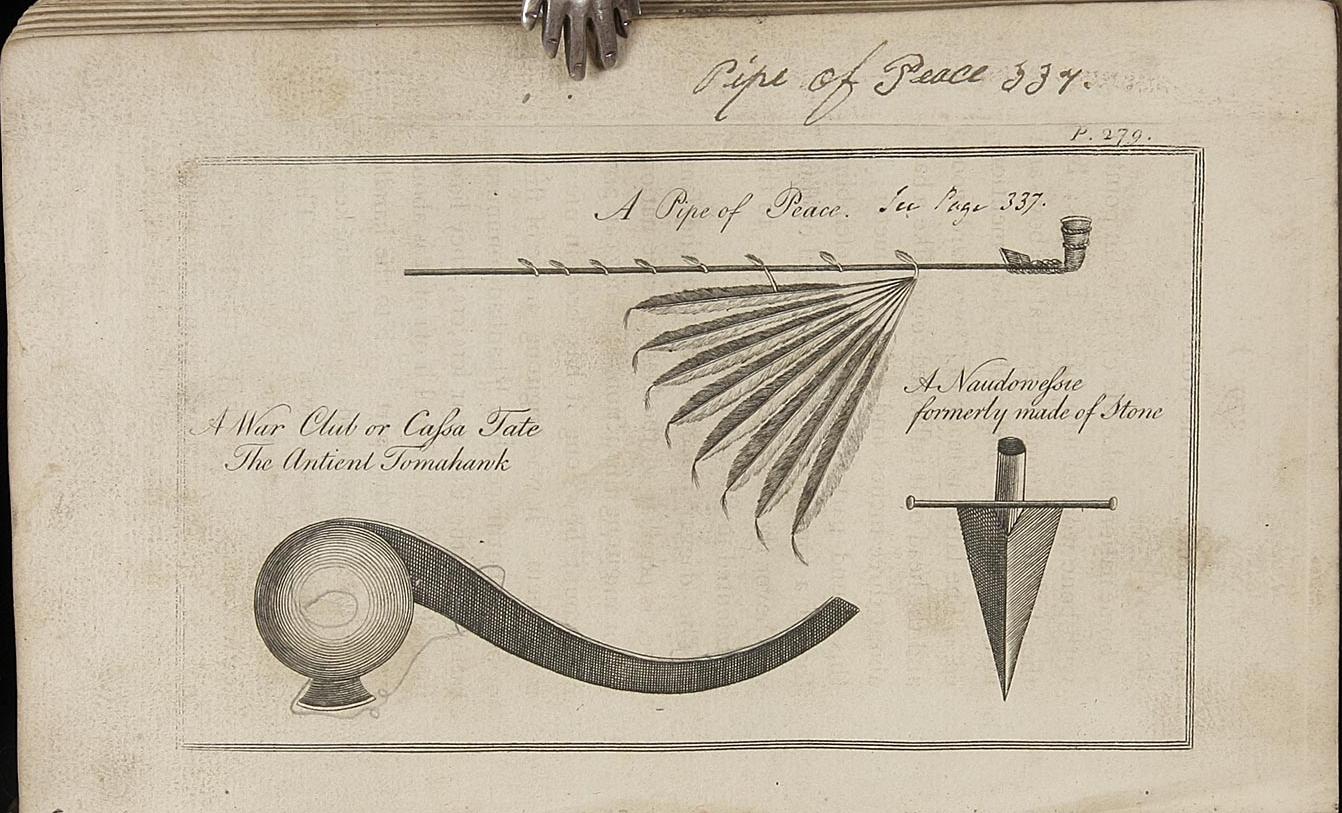Citation guides:
Library of Congress quick guide
COPLAC Digital’s Guide to Citations, which covers most of the types of sources you’re all working with
Themes and Visual Effects
Janice’s theme is Parabola, in case anyone else likes it and is curious about it.
For a theme similar to Ben and Kayla’s site that will put the menu below the image, check out Twenty Seven (if your current theme, Landscape, doesn’t allow you to move the menu to below the header image).
Kendall and Lillian used Canva to create their site’s logo.
COPLAC Digital/Mellon Grant Language
Because a grant from the Mellon Foundation supported this whole digital humanities endeavor, we want to make sure we acknowledge that in our sites. Here’s a few examples of how other students have approached it; any variation on this type of acknowledgement will work.
This course is part of the Council of Public Liberal Arts Colleges and was made possible by a grant from the Mellon Foundation to create a digital classroom with students and professors from around the country with a variety of majors from biology to history.
Erin + Tyler, The Keene Pumpkin Festival Conflict
This website is for Conflict in America, a course designed for COPLAC Digital sponsored by a Mellon Foundation Grant. The course website can be found at: [insert URL]
Kaylee + Alyssa, “If God Is For Us, Who Can Be Against Us”
This website was created as part of Conflict in America, a course designed for COPLAC Digital sponsored by a Mellon Foundation Grant.
Abriana, Railroaded

